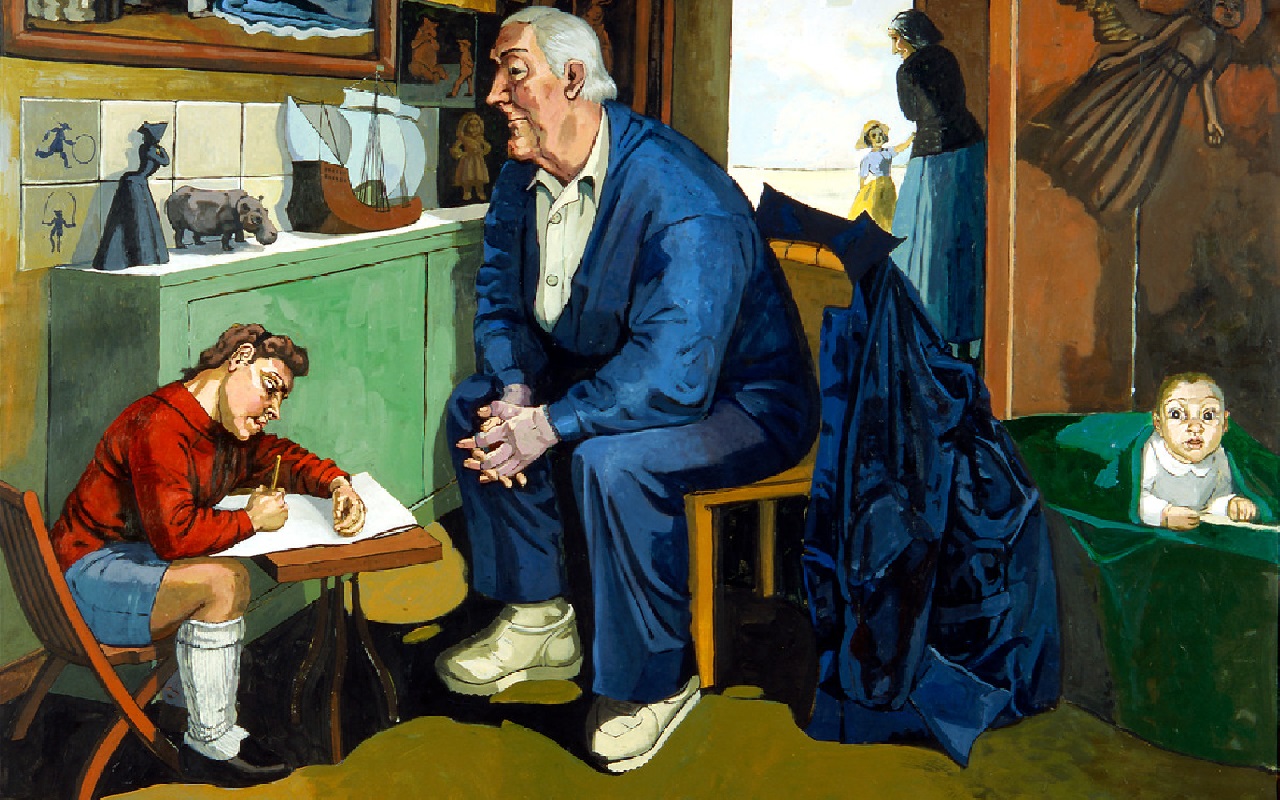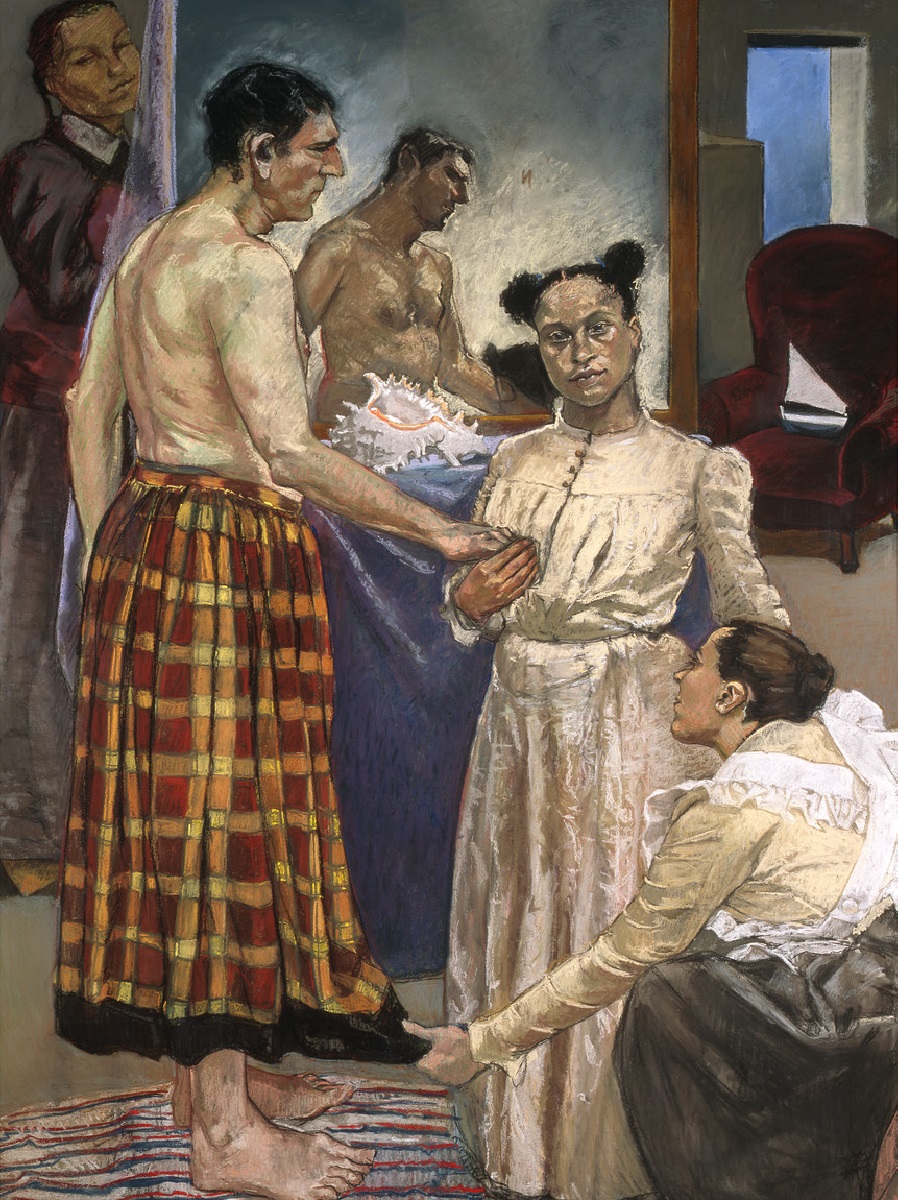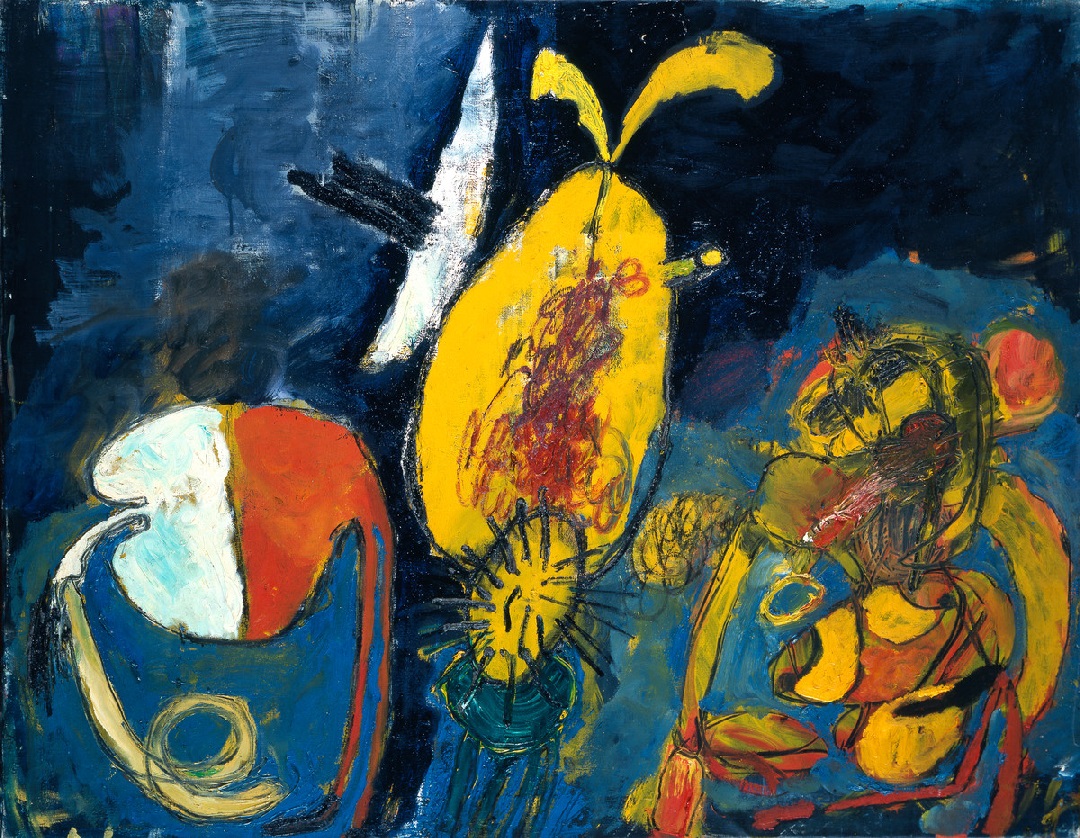Paula Rego, one of the most influential women in the world

In the year when Tate Britain, in London, hosted a major retrospective exhibition of Paula Rego’s work – held between July and October and bringing together 100 of her works – which later travelled to the Hague and included 10 works loaned from the CAM collection, the Financial Times included the artist on its list of the 25 most influential women in the world. This annual ‘Women of the Year’ list celebrates women from all over the world and from different industries who have significantly contributed to shaping the preceding year.

Paula Rego was born in Lisbon in 1935, in the midst of the Estado Novo regime, and lived in Portugal until the age of 16, when she moved to England and enrolled at Slade School of Fine Art, where she met her husband, Victor Willing, also a painter. With a grant from the Calouste Gulbenkian Foundation between 1962 and 1963, Paula Rego played a fundamental role in figurative art, revolutionising the female presence in the art world.
Her work, often regarded as shocking, denounces political authoritarianism, injustice and violence, particularly emphasising the role of women, their pleasures and challenges. Paula Rego explored various techniques, from painting to collage, from drawing to printmaking, taking inspiration from different elements of erudite art and popular culture.
